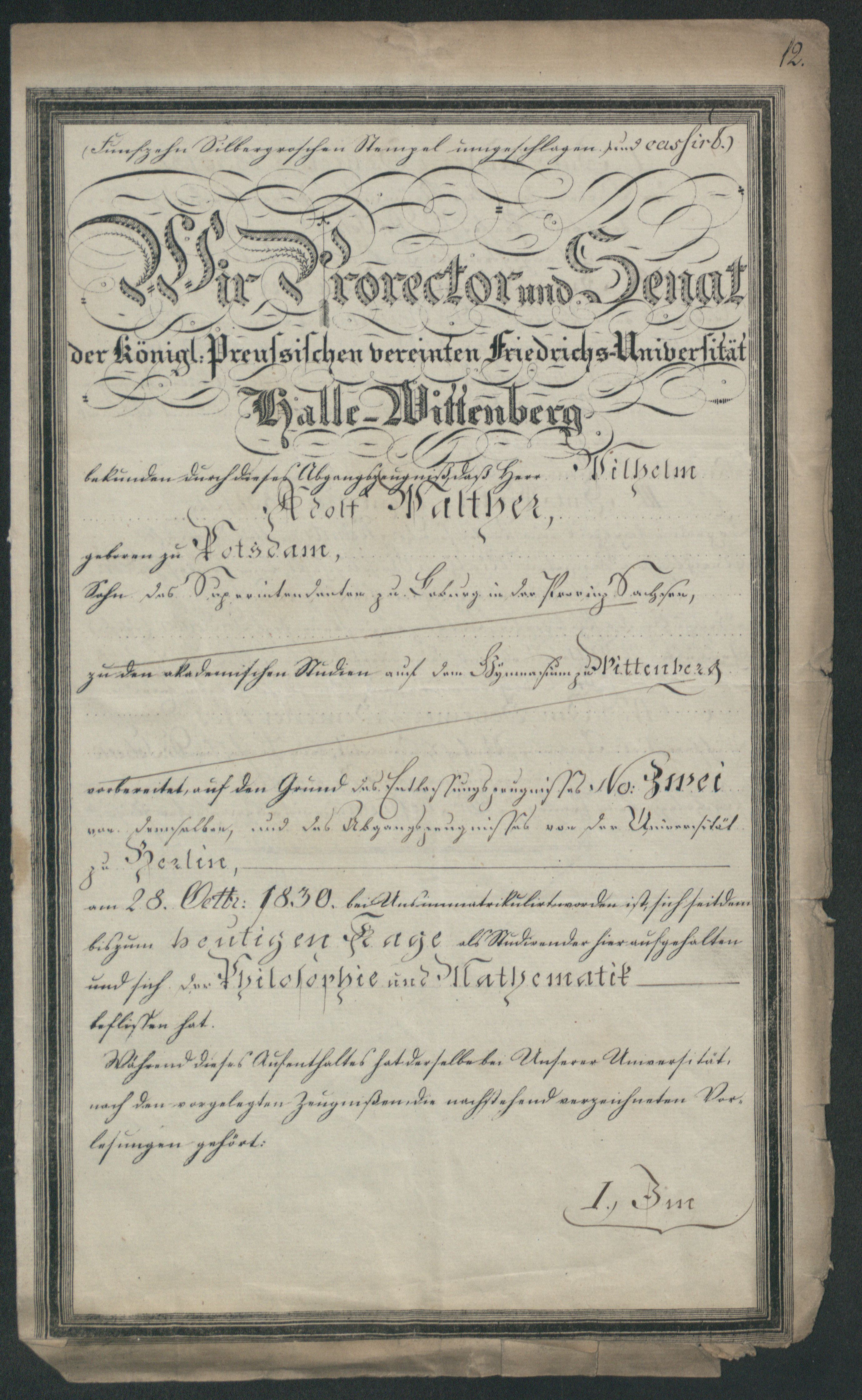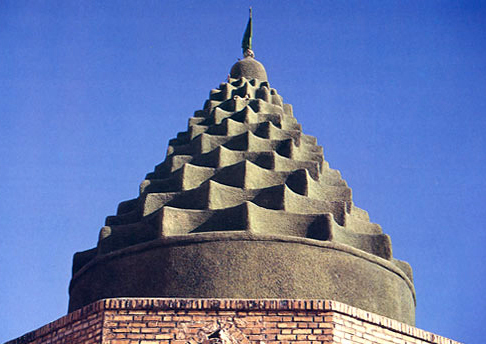|
Vali (governor)
''Wāli'', ''Wā'lī'' or ''vali'' (from ar, والي ''Wālī'') is an administrative title that was used in the Muslim World (including the Caliphate and Ottoman Empire) to designate governors of administrative divisions. It is still in use in some countries influenced by Arab or Muslim culture. The division that a ''Wāli'' governs is called ''Wilayah'', or in the case of Ottoman Turkey, "''Vilayet''". The title currently also refers to the ceremonial head of the Bangsamoro, a Muslim-majority autonomous region of the Philippines. Algerian term In Algeria, a ''wāli'' is the "governor" and administrative head of each of the 58 provinces of the country, and is chosen by the president. Iranian term In Iran the term is known as Vāli and refers to the governor-general or local lord of an important province. During the Safavid reign 1501-1722 the former rulers of the then subordinated provinces of the Georgian Kartli and Kakheti kingdom, the Kurdish emirate of Ardalan, ... [...More Info...] [...Related Items...] OR: [Wikipedia] [Google] [Baidu] |
Arabic Language
Arabic (, ' ; , ' or ) is a Semitic languages, Semitic language spoken primarily across the Arab world.Semitic languages: an international handbook / edited by Stefan Weninger; in collaboration with Geoffrey Khan, Michael P. Streck, Janet C. E.Watson; Walter de Gruyter GmbH & Co. KG, Berlin/Boston, 2011. Having emerged in the 1st century, it is named after the Arabs, Arab people; the term "Arab" was initially used to describe those living in the Arabian Peninsula, as perceived by geographers from ancient Greece. Since the 7th century, Arabic has been characterized by diglossia, with an opposition between a standard Prestige (sociolinguistics), prestige language—i.e., Literary Arabic: Modern Standard Arabic (MSA) or Classical Arabic—and diverse vernacular varieties, which serve as First language, mother tongues. Colloquial dialects vary significantly from MSA, impeding mutual intelligibility. MSA is only acquired through formal education and is not spoken natively. It is ... [...More Info...] [...Related Items...] OR: [Wikipedia] [Google] [Baidu] |
Safavid
Safavid Iran or Safavid Persia (), also referred to as the Safavid Empire, '. was one of the greatest Iranian empires after the 7th-century Muslim conquest of Persia, which was ruled from 1501 to 1736 by the Safavid dynasty. It is often considered the beginning of modern Iranian history, as well as one of the gunpowder empires. The Safavid Shāh Ismā'īl I established the Twelver denomination of Shīʿa Islam as the official religion of the empire, marking one of the most important turning points in the history of Islam. An Iranian dynasty rooted in the Sufi Safavid order founded by Kurdish sheikhs, it heavily intermarried with Turkoman, Georgian, Circassian, and Pontic GreekAnthony Bryer. "Greeks and Türkmens: The Pontic Exception", ''Dumbarton Oaks Papers, Vol. 29'' (1975), Appendix II "Genealogy of the Muslim Marriages of the Princesses of Trebizond" dignitaries and was Turkish-speaking and Turkified. From their base in Ardabil, the Safavids established control ... [...More Info...] [...Related Items...] OR: [Wikipedia] [Google] [Baidu] |
Martin Luther University
Martin Luther University of Halle-Wittenberg (german: Martin-Luther-Universität Halle-Wittenberg), also referred to as MLU, is a public, research-oriented university in the cities of Halle and Wittenberg and the largest and oldest university in the German state of Saxony-Anhalt. MLU offers German and international (English) courses leading to academic degrees such as BA, BSc, MA, MSc, doctoral degrees, and Habilitation. The university was created in 1817 through the merger of the University of Wittenberg (founded in 1502) and the University of Halle (founded in 1694). MLU is named after Protestant reformer Martin Luther, who was a professor in Wittenberg. Today, the university campus is located in Halle, while ''Leucorea Foundation'' in Wittenberg serves as MLU's convention centre. Both Halle and Wittenberg are about one hour from Berlin via the Berlin–Halle railway, which offers Intercity-Express (ICE) trains. History University of Wittenberg (''Universität Wittenb ... [...More Info...] [...Related Items...] OR: [Wikipedia] [Google] [Baidu] |
Würzburg
Würzburg (; Main-Franconian: ) is a city in the region of Franconia in the north of the German state of Bavaria. Würzburg is the administrative seat of the '' Regierungsbezirk'' Lower Franconia. It spans the banks of the Main River. Würzburg is situated approximately east-southeast of Frankfurt am Main and approximately west-northwest of Nuremberg (). The population (as of 2019) is approximately 130,000 residents. The administration of the ''Landkreis Würzburg'' ( district of Würzburg) is also located in the town. The regional dialect is East Franconian. History Early and medieval history A Bronze Age (Urnfield culture) refuge castle, the Celtic Segodunum,Koch, John T. (2020)CELTO-GERMANIC Later Prehistory and Post-Proto-Indo-European vocabulary in the North and West p. 131 and later a Roman fort, stood on the hill known as the Leistenberg, the site of the present Fortress Marienberg. The former Celtic territory was settled by the Alamanni in the 4th or 5t ... [...More Info...] [...Related Items...] OR: [Wikipedia] [Google] [Baidu] |
Orient-Institut Istanbul
The Orient-Institut Istanbul is a research institute of the Max Weber Foundation based in Istanbul Istanbul ( , ; tr, İstanbul ), formerly known as Constantinople ( grc-gre, Κωνσταντινούπολις; la, Constantinopolis), is the List of largest cities and towns in Turkey, largest city in Turkey, serving as the country's economic, ..., Turkey. It studies Ottoman, Mediterranean and Turkish culture, history and society. It was separated from the Orient-Institut Beirut as an independent institute in 2009. References 2009 establishments in Turkey Historiography of the Ottoman Empire Historiography of Turkey Max Weber Foundation Research institutes in Turkey {{org-stub ... [...More Info...] [...Related Items...] OR: [Wikipedia] [Google] [Baidu] |
Azerbaijan
Azerbaijan (, ; az, Azərbaycan ), officially the Republic of Azerbaijan, , also sometimes officially called the Azerbaijan Republic is a transcontinental country located at the boundary of Eastern Europe and Western Asia. It is a part of the South Caucasus region and is bounded by the Caspian Sea to the east, Russia ( Republic of Dagestan) to the north, Georgia to the northwest, Armenia and Turkey to the west, and Iran to the south. Baku is the capital and largest city. The Azerbaijan Democratic Republic proclaimed its independence from the Transcaucasian Democratic Federative Republic in 1918 and became the first secular democratic Muslim-majority state. In 1920, the country was incorporated into the Soviet Union as the Azerbaijan SSR. The modern Republic of Azerbaijan proclaimed its independence on 30 August 1991, shortly before the dissolution of the Soviet Union in the same year. In September 1991, the ethnic Armenian majority of the Nagorno-Karabakh region for ... [...More Info...] [...Related Items...] OR: [Wikipedia] [Google] [Baidu] |
Crown Prince
A crown prince or hereditary prince is the heir apparent to the throne in a royal or imperial monarchy. The female form of the title is crown princess, which may refer either to an heiress apparent or, especially in earlier times, to the wife of the person styled crown prince. ''Crown prince'' as a descriptive term has been used throughout history for the prince who is first-in-line to a throne and is expected to succeed (i.e. the heir apparent), barring any unforeseen future event preventing this. In certain monarchies, a more specific substantive title may be accorded and become associated with the position of ''heir apparent'' (e.g. Prince of Wales in the United Kingdom or Prince of Asturias in the Spain, Kingdom of Spain). In these monarchies, the term crown prince may be used less often than the substantive title (or never). Until the late twentieth century, no modern monarchy adopted a system whereby females would be guaranteed to succeed to the throne (i.e. absolute pr ... [...More Info...] [...Related Items...] OR: [Wikipedia] [Google] [Baidu] |
Kingdom Of Georgia
The Kingdom of Georgia ( ka, საქართველოს სამეფო, tr), also known as the Georgian Empire, was a medieval Eurasian monarchy that was founded in circa 1008 AD. It reached its Golden Age of political and economic strength during the reign of King David IV and Queen Tamar the Great from 11th to 13th centuries. Georgia became one of the pre-eminent nations of the Christian East and its pan-Caucasian empire and network of tributaries stretching from Eastern Europe to Anatolia and northern frontiers of Iran, while also maintaining religious possessions abroad, such as the Monastery of the Cross in Jerusalem and the Monastery of Iviron in Greece. It was the principal historical precursor of present-day Georgia. Lasting for several centuries, the kingdom fell to the Mongol invasions in the 13th century, but managed to re-assert sovereignty by the 1340s. The following decades were marked by the Black Death, as well as numerous invasions under ... [...More Info...] [...Related Items...] OR: [Wikipedia] [Google] [Baidu] |
Qajar
Qajar Iran (), also referred to as Qajar Persia, the Qajar Empire, '. Sublime State of Persia, officially the Sublime State of Iran ( fa, دولت علیّه ایران ') and also known then as the Guarded Domains of Iran ( fa, ممالک محروسه ایران '), was an Iranian state ruled by the Qajar dynasty, which was of Turkic origin,Cyrus Ghani. ''Iran and the Rise of the Reza Shah: From Qajar Collapse to Pahlavi Power'', I. B. Tauris, 2000, , p. 1William Bayne Fisher. ''Cambridge History of Iran'', Cambridge University Press, 1993, p. 344, Dr Parviz Kambin, ''A History of the Iranian Plateau: Rise and Fall of an Empire'', Universe, 2011, p.36online edition specifically from the Qajar tribe, from 1789 to 1925.Abbas Amanat, ''The Pivot of the Universe: Nasir Al-Din Shah Qajar and the Iranian Monarchy, 1831–1896'', I. B. Tauris, pp 2–3; "In the 126 years between the fall of the Safavid state in 1722 and the accession of Nasir al-Din Shah, the Qajars evolved from a s ... [...More Info...] [...Related Items...] OR: [Wikipedia] [Google] [Baidu] |
Beylerbeylik (Safavid Persia)
A beylerbeylik in the Safavid Empire was a large administrative entity within during the 15th-18th centuries. They were governed by beylerbeys ("bey of beys" i.e., commander-in-chiefs)Claude Cahen ''The Formation of Turkey'', 2001. p285 The term was originally used in the Ottoman Empire. In the 17th century the Safavid state was divided into thirteen beylerbeydoms. Lands under the personal ownership of the shah Shah (; fa, شاه, , ) is a royal title that was historically used by the leading figures of Iranian monarchies.Yarshater, EhsaPersia or Iran, Persian or Farsi, ''Iranian Studies'', vol. XXII no. 1 (1989) It was also used by a variety of ... or the reigning dynasty in the Safavid state were not part of beylerbeyliks. Beylerbeys, usually titled khans, possessed administrative power and headed the local troops. In the beginning of the 17th century the Safavi shahs attempted to limit the beylerbeys' power, but failed to achieve this. See also * Beylerbeylik Ref ... [...More Info...] [...Related Items...] OR: [Wikipedia] [Google] [Baidu] |
Khuzestan Province
Khuzestan Province (also spelled Xuzestan; fa, استان خوزستان ''Ostān-e Xūzestān'') is one of the 31 provinces of Iran. It is in the southwest of the country, bordering Iraq and the Persian Gulf. Its capital is Ahvaz and it covers an area of . Since 2014, it has been part of Iran's Region 4. Historically, one of the most important regions of the Ancient Near East, Khuzestan is what historians refer to as ancient Elam, whose capital was in Susa. The Achaemenid Old Persian term for Elam was ''Hujiyā'' when they conquered it from the Elamites, which is present in the modern name. Khuzestan, meaning "the Land of the Khuz", refers to the original inhabitants of this province, the "Susian" people (Old Persian "Huza" or ''Huja'', as in the inscription at the tomb of Darius the Great at Naqsh-e Rostam). They are the Shushan of the Hebrew sources where they are recorded as "Hauja" or "Huja". In Middle Persian, the term evolves into "Khuz" and "Kuzi". The pre-Islamic ... [...More Info...] [...Related Items...] OR: [Wikipedia] [Google] [Baidu] |





